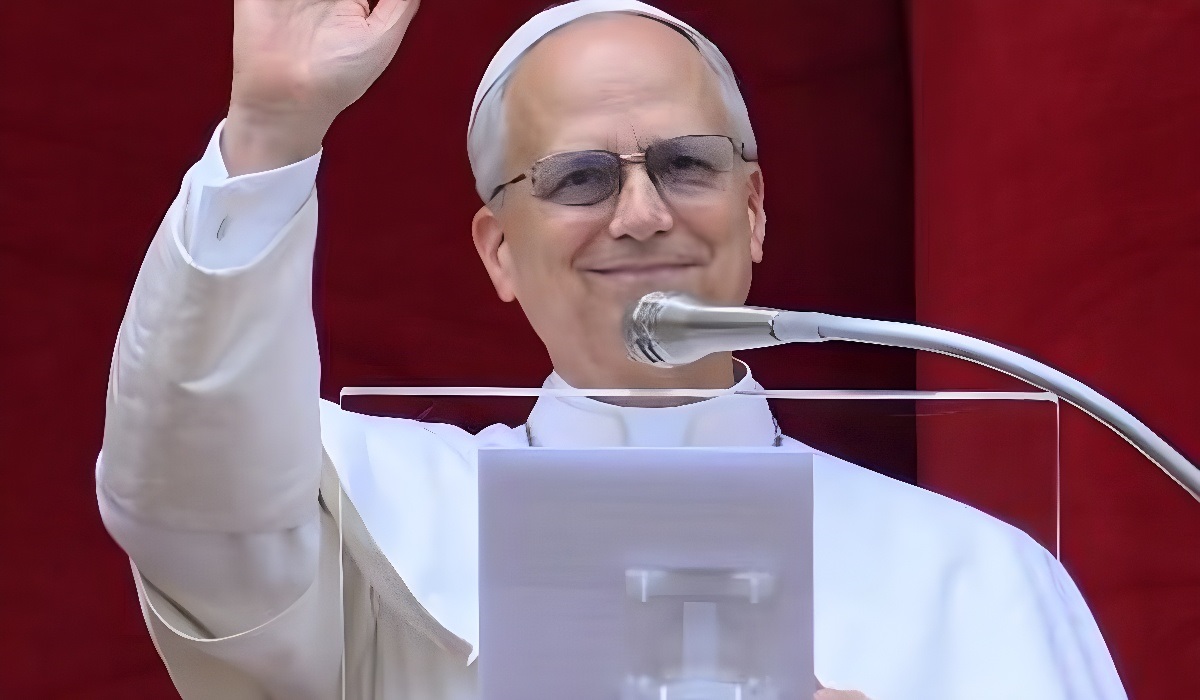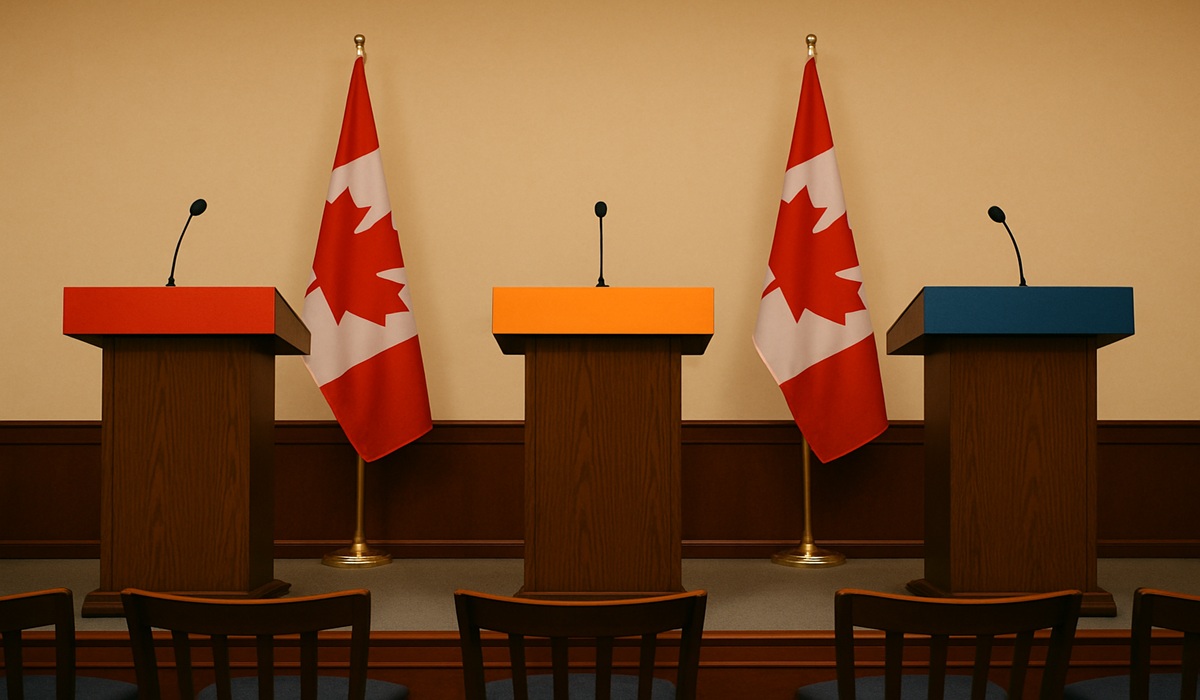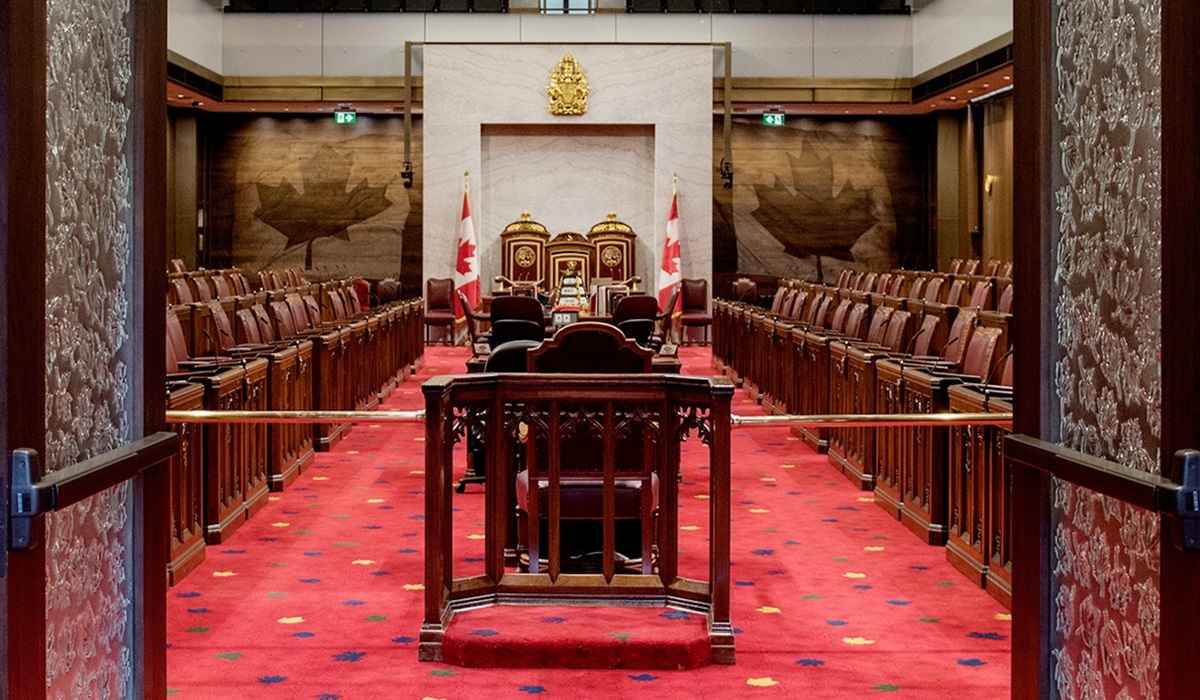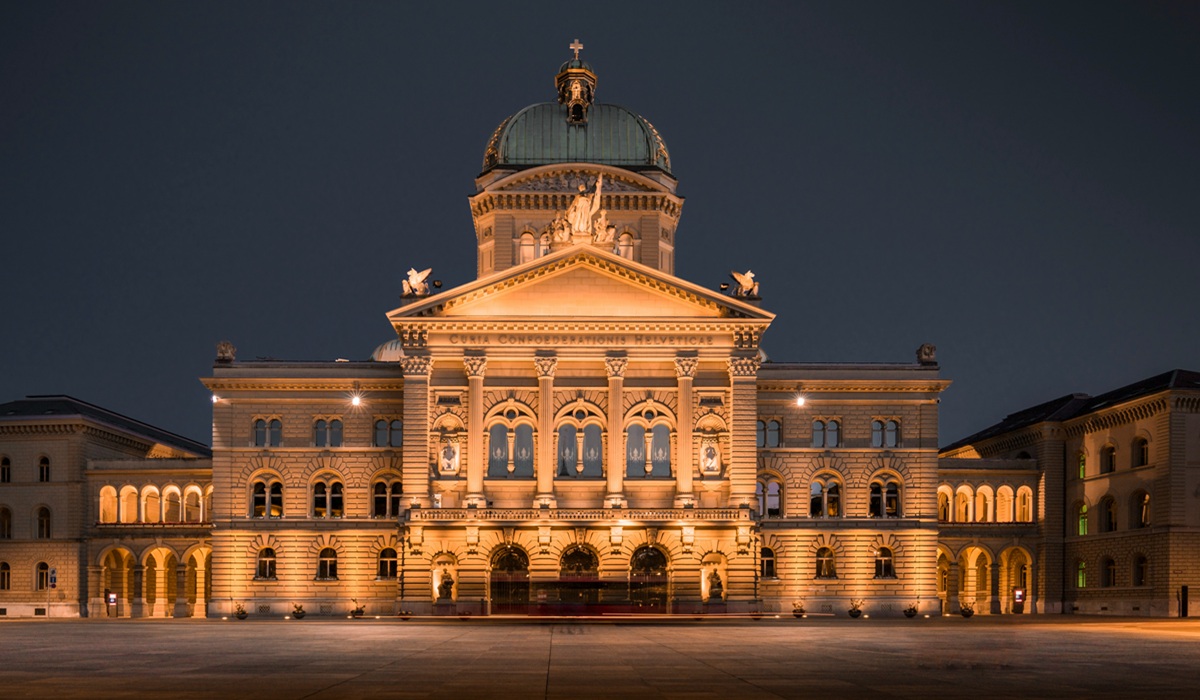Ascendancy to the papacy is not rooted in race, culture, and tribal lineages, neither is it anchored on hereditary lines.
“Like every other office in the Church, the papacy exists for the sake of holiness,” George Weigel writes in his authoritative profile, Witness to Hope, the biography of Saint Pope John Paul II. It is appropriate to flesh out Weigel’s sophisticated thought, adding that the papacy does not exist for the sake of national identity, culture, and pride. The current Pope is a Pope for the world, not a Pope for the American people.
“It is such an honor to realize that he is the first American Pope,” President Donald Trump commented on Truth Social, bursting with pride about the American identity of Pope Leo XIV, suggesting in other remarks that his presidency might have influenced the election of the new Pope.
America’s Vice President also had something to say regarding the new Pope. “Congratulations to Leo XIV, the first American Pope, on his election!” JD Vance remarked in an X (formerly Twitter) Post, adding, “I’m sure millions of American Catholics and other Christians will pray for his successful work leading the Church. May God bless him!”
The widely publicized remarks of America’s topmost political leaders do not represent the way the Church sees the Pope, his national personality being of lesser value in the overall estimation of his suitability for the Church’s most eminent position. Both political leaders perceive the Pope as a national figure rather than as a universal leader of the Church. Trump and Vance’s characterization of the papacy widely misses its ingrained spiritual and global character. Their appropriation of Pope Leo XIV gives the impression that he is a man for America, rather than a man originally from America, and a Pope for all of God’s creatures.
On Thursday, May 8, Cardinal Dominique Mamberti announced to the world: “Habemus Papam!”Latin for “we have a Pope.”
Surely, Cardinal Robert Francis Prevost lost his American distinctiveness the moment he began his Petrine journey, choosing to be known as Pope Leo XIV, while seated in the College of Cardinals in the magnificent halls of the Sistine Chapel, his national personality lost in humble service to God, the Church, and Christianity. But in a peculiar and recalcitrant manner, many of his countrymen still find it fitting to frame him as an American Pope, America’s President and Vice President strongly trumpeting his American personality with national pride.
But the papacy doesn’t exist for countries. In its truest spiritual form, the papacy transcends trifling divisions in tribe and color, the cultural distinctions that often serve no real purpose in humanity, but rather seek to balkanize the body of human culture into small unrecognizable forms. Observers agree that there is nothing wrong in taking pride in the cultural roots of the Bishop of Rome, but this position should also remember that ascendancy to the papacy is not rooted in race, culture, and tribal lineages, neither is it anchored on hereditary lines.
“The papacy is unlike any other office in the world, and not simply because of its institutional longevity,” George Weigel writes in Witness to Hope, adding, “the pope is called the “Supreme Pontiff,” a contraction of the Latin pontifex, “bridge builder.” He is a bridge between God and Humanity; between the Roman Catholic Church and other Christian Churches and ecclesial communities; between the Roman Catholic Church and Judiasm; between the Roman Catholic Church and other world religions; between the Roman Catholic Church and the worlds of political, economic, and cultural power.”
Those who have painted the Pope as an American Pope and are passionate about broadcasting this message are driven by a single and distinct purpose, the yearning to see the Catholic Church and Christianity through the tiny prism of race, culture, language, and seclusion. But this should never be the case, because they fail to recognize the Bishop of Rome as Pope of the world, a bridge builder and the most significant Bishop of the Catholic Church.
Pope Leo XIV is human before anything else, his American character serving a lesser significance in his overall consideration. He is human before any other petty cultural distinction that traces his roots deep into Chicago. The papacy carries no national passport and distant observers of the mysteries of the Church should see Pope Leo XIV as a religious gentleman for the world, a humble servant of God and humanity.
Choosing to describe Leo XIV as an American Pope doesn’t make him more Catholic than previous Popes. It doesn’t even make him more American than other Americans. Again, it fails to confer superiority on his thoughts, neither does it place him above his religious peers. There is nothing that suggests that his American manners or Chicago roots are hybrid qualities capable of enhancing his vision and version of the papacy. That he is American doesn’t mean he will protect American interests in geopolitics, diplomacy, and the Church. His foremost concern is the Church, its peoples, and Christianity at large. He is neither at the beck and call of the American people, nor at the mercy of its powerful and influential administrative leaders. The Pope remains in the service of the flock of Christ, a universal shepherd of God’s congregation.
The world and the universal Catholic Church needs a Pope, not a racially construed Pope. This is not a black, white, or brown Pope, but a Pope. Nothing more, nothing less. Again, this is not an American, African, British or Indian Pope, but the Pope of the Catholic Church. The Catholic Church with its huge media network must be on the frontline, spearheading the correct appellation for the leader of the Church. It must correct misconceptions and misunderstandings, offering new insights where there are shrouds of suspicions. It must clear misgivings and ignorance, framing the 267th Bishop of Rome, Pope Leo XIV, as Pope of the world, mirroring the edifying perspective of George Weigel:
“He appealed first to his fellow Catholics, then to all Christians for prayer. Finally, John Paul turned again to the world. The world might think that the Pope was only for the Church. The Pope could not think of himself that way.”
Certainly, in the same manner that Saint Pope John Paul II didn’t see his papacy as a Polish papacy, Pope Leo XIV does not think of himself as an American Pope, because he is not only for the American people, but for the world and its different religions, races, and cultures.









